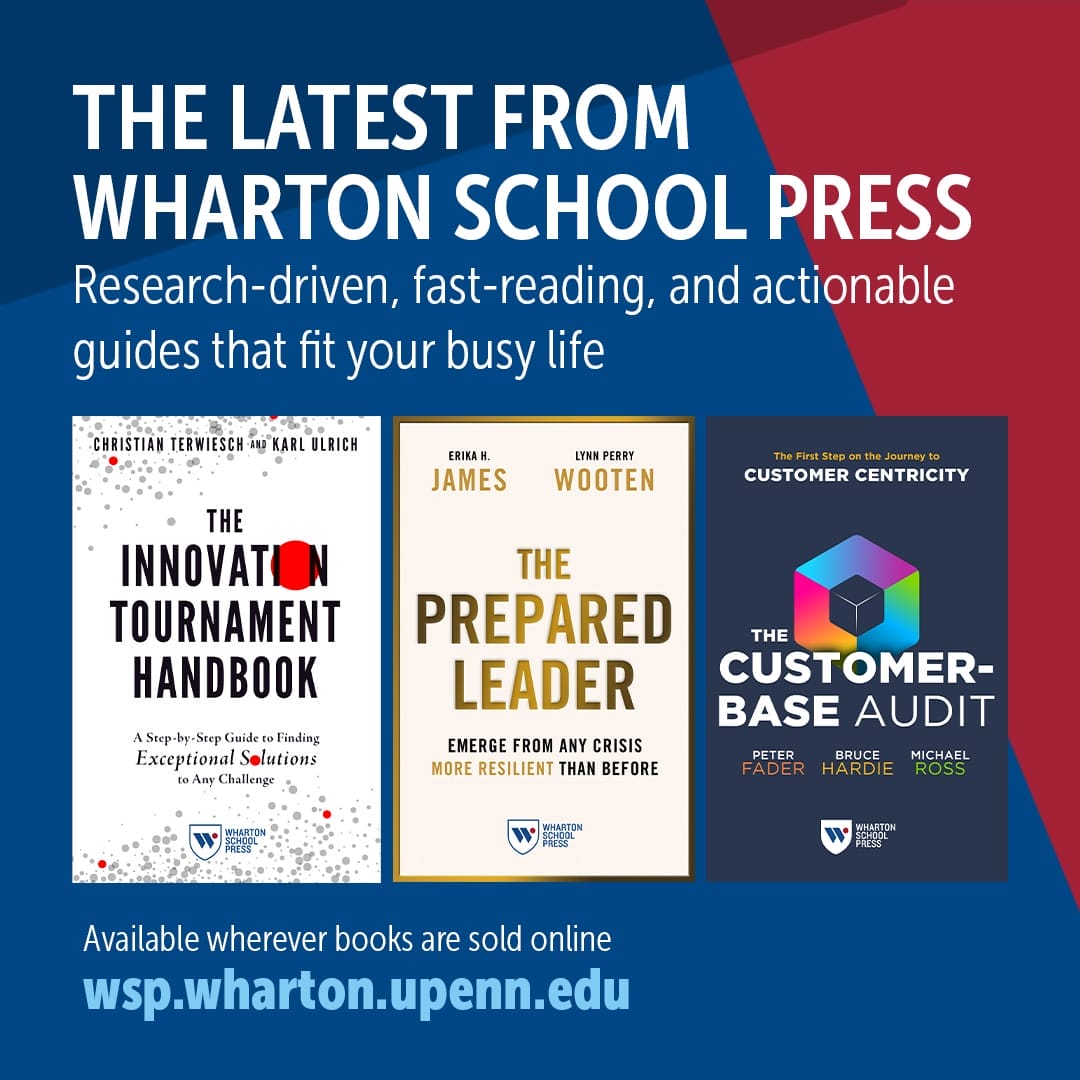Our strengths define who we are. They make us unique. The surprising part is many people do not know their strengths and others do not effectively use them. To the extent we can use our strengths, people are six times more likely to be “engaged” in their jobs and more than three times more likely to declare they have an “excellent quality of life in general,” according to research from the Gallup organization.
Why is this important? Because people and organizations perform at higher levels and people feel happier and more satisfied when using a strengths-based approach to life and work.
Yet often feedback focuses on our weaknesses and what we don’t do well, a tack also known as a weakness-based approach. Instead of telling your employee that he needs to be more careful and pay closer attention to detail—which, even if true, could be demoralizing—a strengths-based approach would let the employee know that you appreciate his ability to drive a project forward, but that he would be more effective if he could slow down by 10 percent and pay attention to more details. In a strengths-based approach, we deal with a weakness with a positive spin, which is more impactful. Since the goal is to have the person hear, digest and implement the feedback, a strengths-based approach builds a platform for greater success.
Whether you are an individual contributor, manager or C-suite executive, you have specific strengths and it’s your responsibility to know what these strengths are and how to use them.
Managers and executives who oversee others also need to understand the strengths of people on their teams and place people in the appropriate roles. To do this, executives need to understand the business and markets well enough to know how to match employees’ strengths with specific projects and goals.
Oftentimes, employees are disengaged and underperforming because they are in the wrong role, which fails to utilize their strengths. As a result, the individual and company perform at subpar levels. Someone who likes to research all the facts and moves at a calculated pace may be better as a portfolio manager rather than as a salesperson on the front line. Similarly, someone who can influence and persuade others may be a better fit for a sales role rather than an accounting role—even if she is proficient with numbers.
What are your top three strengths and are you using them on a daily basis?
You can identify your strengths at Penn’s www.authentichappiness.com, or at www.gallupstrengthcenter.com. (Editor’s note: Another option is to reference Alissa’s book Living in YOUR Top 1%, Ritual Three: Excel With Your Strengths.)
Managers and executives, you may not be able to get your staff to take these quizzes, but you can ask yourself:
What are the top three strengths of each person you manage and how effectively is the person using these strengths in critical projects?
Are you (or the people on your team) in the right role?
We are all “good” at many tasks, but for people and companies to excel, employees need to be exploiting their unique strengths that add real value.


























